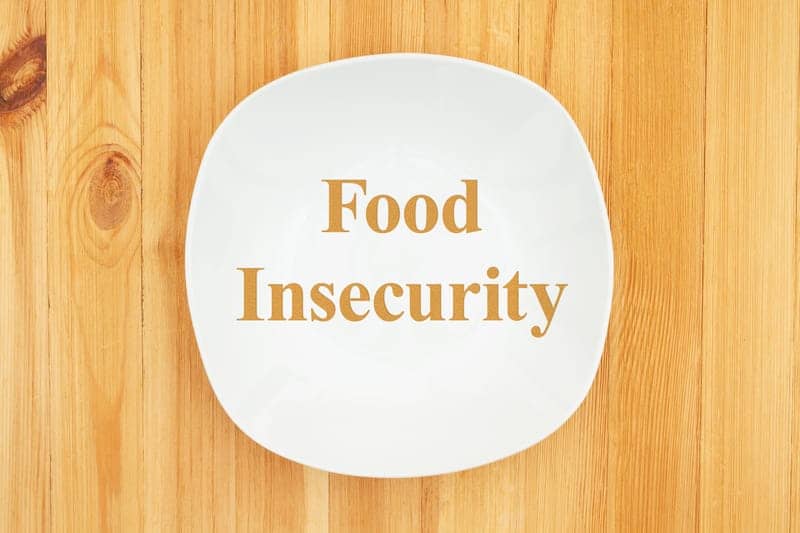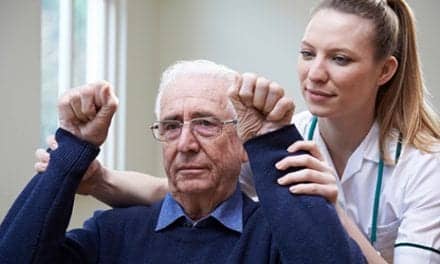One in three stroke survivors in the US have food insecurity, which is nearly double the prevalence among people who have not had a stroke, according to preliminary research presented at the American Stroke Association’s International Stroke Conference 2022.
According to the American Heart Association, food insecurity means a person is struggling to get enough food or has to make tough choices between food and other basic needs. It is estimated that about 1 in 10 households in the US experienced food insecurity in 2020. Although food insecurity is not a new problem, the COVID-19 pandemic increased awareness of the problem and its disproportionate impact on historically disenfranchised communities.
Social determinants of health, such as race, education, income, poverty, social isolation, and zip code, have a substantial impact on health including heart health. How much money a person has, for example, can impact one’s ability to buy enough food or healthy food. The resulting food insecurity is a barrier to a healthy diet, a cornerstone for cardiovascular disease and stroke prevention.
Prevalence and Predictors of Food Insecurity
To better understand the prevalence and predictors of food insecurity among stroke survivors, researchers evaluated health information from the National Health and Nutrition Examination Survey (NHANES) from 1999 to 2015. The 48,242 participants were categorized as having food insecurity based on answers to a US Adult Food Security Survey Module, and prevalence, predictors and trends in food insecurity among adults 20 years of age or older, with and without a history of prior stroke.
The analysis found:
- From 1999 to 2015, 1,877 of the more than 48,200 people studied self-reported a history of stroke.
- The proportion of stroke survivors with food insecurity increased from 6% in 1999 to 30% in 2015. Thus, 1 in 3 stroke survivors had food insecurity in 2015.
- In 2015, the prevalence of food insecurity among stroke survivors was nearly double that of individuals who reported no history of stroke.
- Several factors were associated with food insecurity among stroke survivors: younger age, Hispanic descent, lower education levels, unmarried status, and poverty.
- Hispanic individuals were twice as likely as non-Hispanic individuals to report food insecurity.
- Having an income level below, at or slightly above the federal poverty level (annual income of <$24,250 for a family of 4 people) was also associated with food insecurity.
“This study is important to determine how widespread food insecurity is and to identify high-risk population groups. In turn, interventions that address food insecurity can help to modify risk factors for stroke, thus reducing stroke burden.”
“Individuals with stroke often face economic instability due to disability, loss of employment and exorbitant health care costs after a stroke. Health care professionals can help build trust with patients by engaging with their patients; asking if they are struggling to get enough food or if they have to make tough choices between food and other basic needs; and providing support or resources to address food insecurity.”
— study author May A. Kim-Tenser, MD, MHA, FAHA, an associate professor of neurology at the Keck School of Medicine at the University of Southern California in Los Angeles
A limitation of the study is that the findings are survey-based or self-reported, so the data is limited by the fact that it cannot be independently, objectively verified.
“Food insecurity is a risk factor for stroke that can be assessed and addressed, and these findings—that show 1 in 3 stroke survivors face food insecurity—have important implications for clinical care and public health. Food insecurity may put stroke survivors at higher risk of a second stroke and should be assessed and addressed as a part of routine post-stroke care.
“The American Heart Association has created social impact funds focused on transformation at the community level to break down the social and economic barriers to health equity including social determinants of health such as food insecurity.”
— Eduardo Sanchez, MD, MPH, FAHA, FAAFP, chief medical officer for prevention for the American Heart Association
[Source(s): American Heart Association, MedicalXpress]





